Shahzadeh Mahan Garden: A Timeless Oasis of Beauty and Serenity
Shahzadeh Mahan Garden, also known as the Prince Mahan Garden, is a captivating oasis nestled in the heart of Iran.
The garden is located in the city of Mahan, Kerman Province, in southeastern Iran. Nestled in the foothills of the majestic Zagros Mountains, Shahzadeh Mahan Garden benefits from a strategic location that combines breathtaking natural surroundings with a mild and pleasant climate.
Bathed in a symphony of vibrant colors, Shahzadeh Mahan Garden is a testament to the grandeur and ingenuity of Persian garden design. It's idyllic setting and serene ambiance make it a haven of tranquility and a must-visit destination for nature lovers, architecture enthusiasts, and cultural explorers alike.
Steeped in history and cultural significance, Shahzadeh Mahan Garden offers visitors a remarkable glimpse into Iran's rich heritage and architectural prowess.
Join us as we embark on a journey through time and explore the wonders of Shahzadeh Mahan Garden, unearthing its secrets, unraveling its beauty, and discovering the stories that lie within its hallowed grounds.
Historical Background of Shahzadeh Mahan Garden
Shahzadeh Mahan Garden derives its name from its historical association with the Qajar prince, Shahzadeh (meaning "prince" in Persian), and its location in the town of Mahan.
The Garden traces its origins back to the 19th century during the Qajar dynasty, a period known for its cultural renaissance in Iran. It was commissioned by the influential ruler of the time, Abdolhamid Mirza Naser al-Din Shah Qajar, as a private residence for his governor, Mohammad Hasan Khan Qajar.
The garden was initially designed as a retreat, a sanctuary where the governor could escape the hustle and bustle of the city and find respite amidst nature's splendor. The meticulous design and architectural features of Shahzadeh Garden were inspired by the iconic Persian garden traditions, showcasing a harmonious blend of natural elements and man-made structures.
| Suggestion: Persian Garden | A Piece of Paradise in Iran
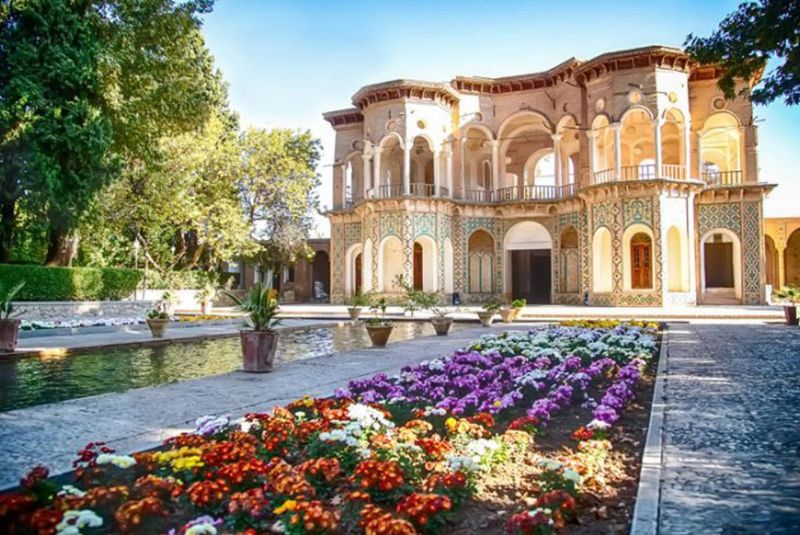
Significant Events and Changes Over Time
Over the years, Shahzadeh Garden has witnessed several significant events and changes that have shaped its character and contributed to its historical importance. One notable event occurred during the reign of Reza Shah Pahlavi in the early 20th century when the garden was confiscated from its original owners and handed over to the army.
Following this period, the garden underwent restoration and revitalization efforts to preserve its unique heritage. It was later returned to its original owners and, subsequently, became open to the public, allowing visitors to marvel at its exquisite beauty and immerse themselves in its historical ambiance.
Throughout its existence, Shahzadeh Mahan Garden has served as a testament to the enduring legacy of Persian garden design and the architectural prowess of the Qajar dynasty. It has stood as a symbol of national pride and cultural heritage, captivating visitors from all corners of the globe and providing them with a glimpse into Iran's rich history and artistic traditions.
Architectural Features
Shahzadeh Garden showcases a meticulously planned layout that exemplifies the principles of Persian garden design. Spanning over 5.5 hectares, the garden is divided into different sections, each serving a distinct purpose and contributing to the overall harmony of the space.
The garden features a central axis that runs through its length, guiding visitors along a symmetrical pathway adorned with vibrant flowers, manicured lawns, and ancient trees. Along this axis, a series of fountains, canals, and reflecting pools add a sense of serenity and provide a soothing soundtrack of trickling water.
Architectural Elements and Their Significance
The architectural elements of Shahzadeh Garden are a testament to the ingenuity and artistic flair of its creators. The garden features elegant pavilions, arched gateways, and intricate stone bridges that add depth and visual interest to the landscape.
One of the notable architectural features is the two-story residential building known as the Prince's House, located at the far end of the garden. This beautiful structure with its ornate facade and intricate tile work served as the governor's residence. It showcases the architectural style prevalent during the Qajar era and offers a glimpse into the luxurious lifestyle of the ruling elite.
The landscaping techniques used in the garden emphasize the principles of symmetry, balance, and harmony. The use of geometric patterns, such as rectangular plots and symmetrical pathways, creates a sense of order and tranquility. Additionally, the strategic placement of water elements, including fountains, canals, and pools, enhances the overall aesthetics and adds a soothing element to the landscape.
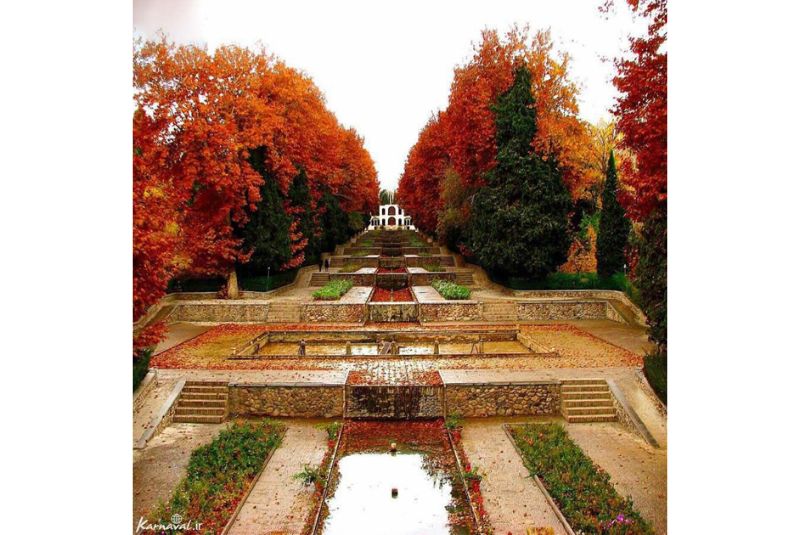
Landmarks within the Garden
Shahzadeh Mahan Garden boasts several unique features and landmarks that make it a truly remarkable destination. One of the standout features is the cascading system of waterfalls, known as the "Stairway of Paradise." These cascades, designed to resemble a series of steps, create a visually striking focal point, with water gracefully flowing down from one level to the next.
Another noteworthy landmark is the towering ancient plane tree, which is estimated to be over 400 years old. This majestic tree, with its sprawling branches and lush foliage, provides a natural canopy that offers shade and adds to the garden's serene ambiance. It serves as a living testament to the enduring nature of Shahzadeh Garden and has become an iconic symbol of the site.
Furthermore, the garden is adorned with a variety of fragrant flowers and colorful plants, creating a vibrant tapestry of hues and scents that captivate the senses. The careful selection and arrangement of vegetation within the garden further enhance its visual appeal, creating a captivating landscape that delights visitors at every turn.
Variety of Plants, Flowers, and Trees Found in the Garden
Shahzadeh Garden is adorned with a diverse array of plants, flowers, and trees, contributing to its visual splendor and providing a delightful experience for visitors. The garden features a wide variety of colorful flowers, including roses, tulips, lilies, jasmine, magnolia, and irises, which bloom in vibrant hues, adding bursts of color to the landscape and fill the air with their enchanting scents, creating an immersive and aromatic journey.
In addition to flowers, the garden boasts an assortment of trees, including cypress, pine, oak, and fruit-bearing trees such as pomegranate and sour orange. These trees not only provide shade but also lend a sense of maturity and timelessness to the garden.
Rare Species Present
The garden is known for its rare and ancient trees. Among them is the impressive plane tree, which stands as a magnificent testament to the garden's age and history. The tree's sprawling branches and gnarled trunk provide a sense of grandeur and serve as a living reminder of the garden's enduring legacy.
Shahzadeh Garden also showcases a variety of endemic plant species, which are unique to the region and contribute to its ecological diversity. These species have adapted to the local climate and provide an important habitat for various wildlife, including birds and insects.
The combination of carefully selected plants, rare species, and endemic flora within Shahzadeh Mahan Garden highlights its role not only as a cultural landmark but also as a sanctuary for biodiversity. It offers visitors a chance to immerse themselves in the natural wonders of Iran while appreciating the delicate balance between human design and the beauty of the natural world.
Shazdeh Garden water source

Shahzadeh Mahan Garden owes its abundant water supply to the ingenious engineering of the Tigran qanat. This ancient underground irrigation system, dating back centuries, channels water from distant mountain springs and delivers it to the garden. The Tigran Qanat represents a remarkable feat of Persian engineering, utilizing underground tunnels to transport water across long distances. This sustainable water source not only sustains the lush vegetation of Shahzadeh Garden but also reflects the resourcefulness and ingenuity of the people who designed and built it. The utilization of the Tigran Qanat highlights the harmonious relationship between nature and human intervention, ensuring the continued beauty and vitality of this captivating garden.
Festivals, Events, and Celebrations Associated with the Garden
Shahzadeh Garden is often the venue for various festivals, events, and celebrations that showcase Iran's cultural traditions. These occasions serve to highlight the garden's significance and promote a deeper understanding of the nation's heritage.
One notable event is the Persian New Year, known as Nowruz, which typically falls on March 21st. During this time, Shahzadeh Mahan Garden comes alive with vibrant celebrations, featuring traditional music, dance performances, and the display of festive decorations. Visitors can witness the garden transformed into a hub of joy and cultural festivities.
Additionally, the garden occasionally hosts cultural exhibitions, showcasing traditional arts and crafts, calligraphy, and local cuisine. These events provide an opportunity for visitors to engage with Iran's rich cultural tapestry and experience the diverse talents and traditions of the nation.
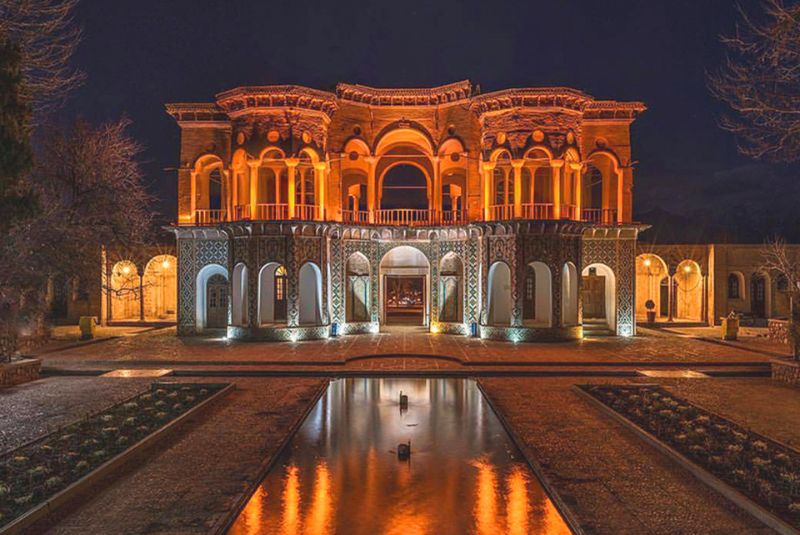
Visitor Experience
When planning a visit to Shahzadeh Mahan Garden, it's important to keep a few practical details in mind. The garden is generally open to visitors throughout the year, but it's advisable to check for any temporary closures or special events before your visit. The standard opening hours are from 8 am to 10 pm, but it's recommended to arrive early to avoid crowds and fully enjoy the tranquility of the garden.
As for entry fees, they may vary, so it's best to inquire about the current rates before your visit. Keep in mind that fees might differ for domestic and international visitors. It's also worth noting that additional charges might apply if you're interested in guided tours or specific activities within the garden.
Amenities and Facilities
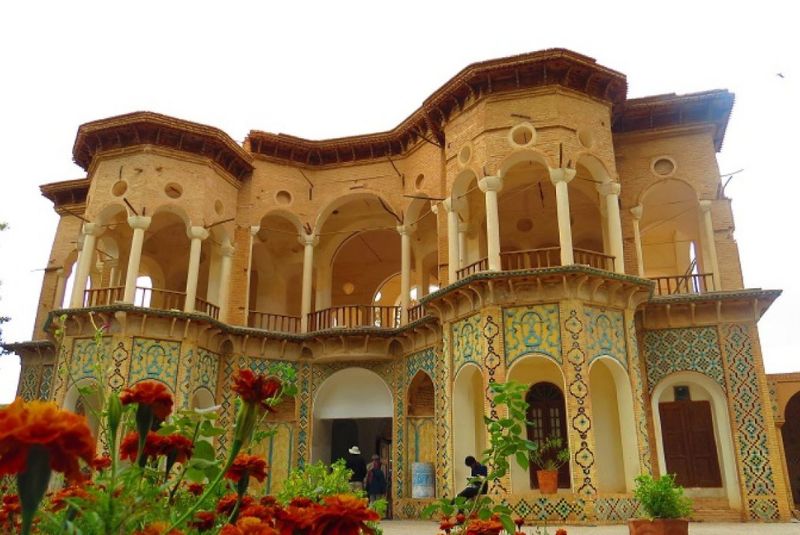
Shahzadeh Garden offers a range of amenities and facilities to ensure a comfortable and enjoyable experience for visitors. Restroom facilities are available throughout the garden for convenience. Additionally, there are designated areas for picnicking, allowing visitors to relax and savor the serene ambiance of the garden while enjoying their meals.
For those seeking refreshments or souvenirs, there are often small cafes or shops near the entrance where you can find snacks, beverages, and locally crafted items. These provide opportunities to take a break, grab a bite to eat, or purchase mementos to remember your visit.
Tips and Recommendations for Exploring the Garden
To make the most of your visit to Shahzadeh Mahan Garden, here are some tips and recommendations:
- Wear comfortable footwear: The garden features pathways and various terrains, so wearing comfortable shoes will ensure a pleasant exploration experience.
- Bring sunscreen and hats: The garden may have areas with limited shade, so protecting yourself from the sun is essential, especially during the warmer months.
- Take your time: Shahzadeh Garden is a place to relax and appreciate the beauty around you. Take your time to wander through the pathways, pause at the fountains, and soak in the tranquil atmosphere.
- Capture the moments: Don't forget to bring your camera or smartphone to capture the enchanting vistas, stunning architectural details, and vibrant flora within the garden.
- Consider visiting during off-peak hours: If possible, plan your visit during weekdays or outside peak tourist seasons to enjoy a quieter and more peaceful experience.
- Engage with the local culture: Take the opportunity to interact with the friendly locals and learn more about the cultural significance of the garden. Engaging with the community can enhance your understanding and appreciation of the site.
- Respect the surroundings: As you explore the garden, be mindful of the environment and respect the historical structures and natural elements. Avoid littering and follow any guidelines provided to preserve the garden for future visitors.
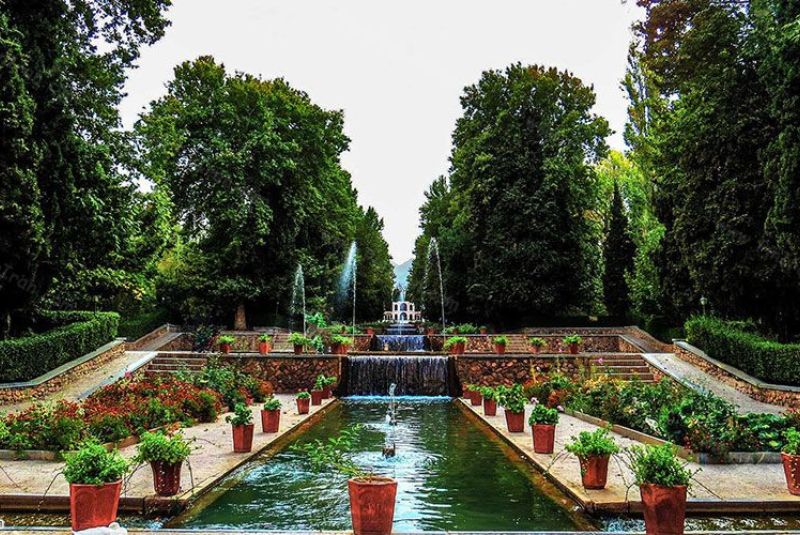
Bottom Line
Shahzadeh Mahan Garden in Iran is a stunning example of Persian garden design, showcasing the country's rich cultural heritage. With its symmetrical pathways, cascading waterfalls, ancient trees, and elegant structures, the garden offers a visually captivating experience. Its beauty, historical importance, and cultural contributions make it a must-visit destination for both locals and international visitors, offering a glimpse into the grandeur of Iran's past.


Comment
Leave a Comment